How to lead through numbers. Not by them
 It is true that numbers don't lie, but they don't tell the complete story either. The best example is "Net Profit" on a Profit & Loss Statement. You can get all excited when you see a nice net profit - but having net profit doesn't mean you have cash in the bank. You can check your bank balance - but that balance doesn't reflect checks that were written but have yet to clear. If you understand how to read your Profit & Loss Statement, Balance Sheet and Statement of Cash Flows…and how all three reports work together…then you know they will tell you a more complete story. If you don't, you'll be making decisions on very incomplete data.
It is true that numbers don't lie, but they don't tell the complete story either. The best example is "Net Profit" on a Profit & Loss Statement. You can get all excited when you see a nice net profit - but having net profit doesn't mean you have cash in the bank. You can check your bank balance - but that balance doesn't reflect checks that were written but have yet to clear. If you understand how to read your Profit & Loss Statement, Balance Sheet and Statement of Cash Flows…and how all three reports work together…then you know they will tell you a more complete story. If you don't, you'll be making decisions on very incomplete data.Numbers speak to people in different ways according to their depth of understanding about what those numbers mean. There are those "left brain", analytical people that love to process every morsel of the story numbers tell - but this doesn't guarantee that the story will be interpreted correctly. Likewise, there are those creative, "right brain" folks that just can't stop their eyes from rolling back in their heads when looking at financial or analytical reports. For them, the story is a painful documentary on the origins of Algebra.
Because numbers communicate how your company and employees are performing, many leaders fall into the trap of leading by the numbers. Every meeting, every huddle, every memo and every one-on-one is about the numbers. As I stated above, not everyone can figure out what systems, skills, behaviors or approaches must change in order to move specific numbers in the right direction. As a result, frustration and stress can spread through a company's culture.
Here are four no-compromise leadership strategies that will help you lead through the numbers - not by them:
- Share the whole story: Numbers are like laser pointer dots. They illuminate one incredibly tiny piece of data, leaving the bulk of the story that created it untold. Yes, you want your productivity rate to improve…but why and where is it struggling now? You want profits to improve…but where and what are the potential profit leaks? Too many leaders throw out commands like, "Get your client retention rate up," or, "Get your retail numbers up." Without knowing the whole story, your commands may have your employees trying harder with a system or approach that simply doesn't work. Slow down. Give your team the possible "why" and "how" behind a number that needs to improve.
- Feed both brains: If your approach is to constantly hammer away at the numbers, you're likely doing more damage than good. The right brains may understand the importance of a problem…but they don't possess the creativity to figure out a solution to fix it. On the flip side, all the left brains hear when confronted with too much analytical talk is, "blah, blah, blah.” Both brains need to be fed a balanced diet of inspiration, motivation and celebration in order to digest and address the hard facts and data. Simply put, the left and right brain thinkers depend on each other to perform at their best and deliver the outcomes you seek. Put the numbers aside for bit and share where the company is going and how it's going to get there. Celebrate the right behaviors that you observe. Celebrate the small wins because it’s the small wins that inspire the big wins.
- Analysis paralysis: There may be numbers and reports that are important to you and only you. I've seen leaders sap the time energy of their managers and staff by having them compile daily/weekly/monthly reports that have little or no impact on performance. Even worse is when leaders don't even look at, acknowledge or provide feedback on those "what the heck" reports. The key is to isolate and focus on a specific and limited set of critical numbers and move them in the right direction. Channeling your team's efforts on three or four critical numbers can and will have a profound effect on performance and growth. Focusing on a laundry list of numbers creates dysfunction and stress.
- Financial literacy: Profit and positive cash flow are outcomes that cannot be achieved in the vacuum of "I can't control what I don't understand." I have long been a believer in the need for financial literacy at all levels of a company. It's amazing what happens when everyone understands the impacts of driving revenue, controlling costs, eliminating waste and increasing productivity. The basic premise of open-book management is that if you want your people to think and make decisions like an owner…they need to understand your Profit & Loss Statement and Balance Sheet. I'm not suggesting that you call a meeting and pass your financials around the proverbial table. That doesn't work. What I am suggesting is that you begin a process of teaching financial literacy to all team members and embed financial literacy into your company’s culture. Designing an open-book approach that fits your company is a process that takes time. Warning: Teaching financial literacy and going open book will force many leaders to "clean up" their act. If you don't understand "clean up" your act…email me at [email protected] and I'll explain it.








Comments
No comments found. Start the conversation!
Leave a Comment